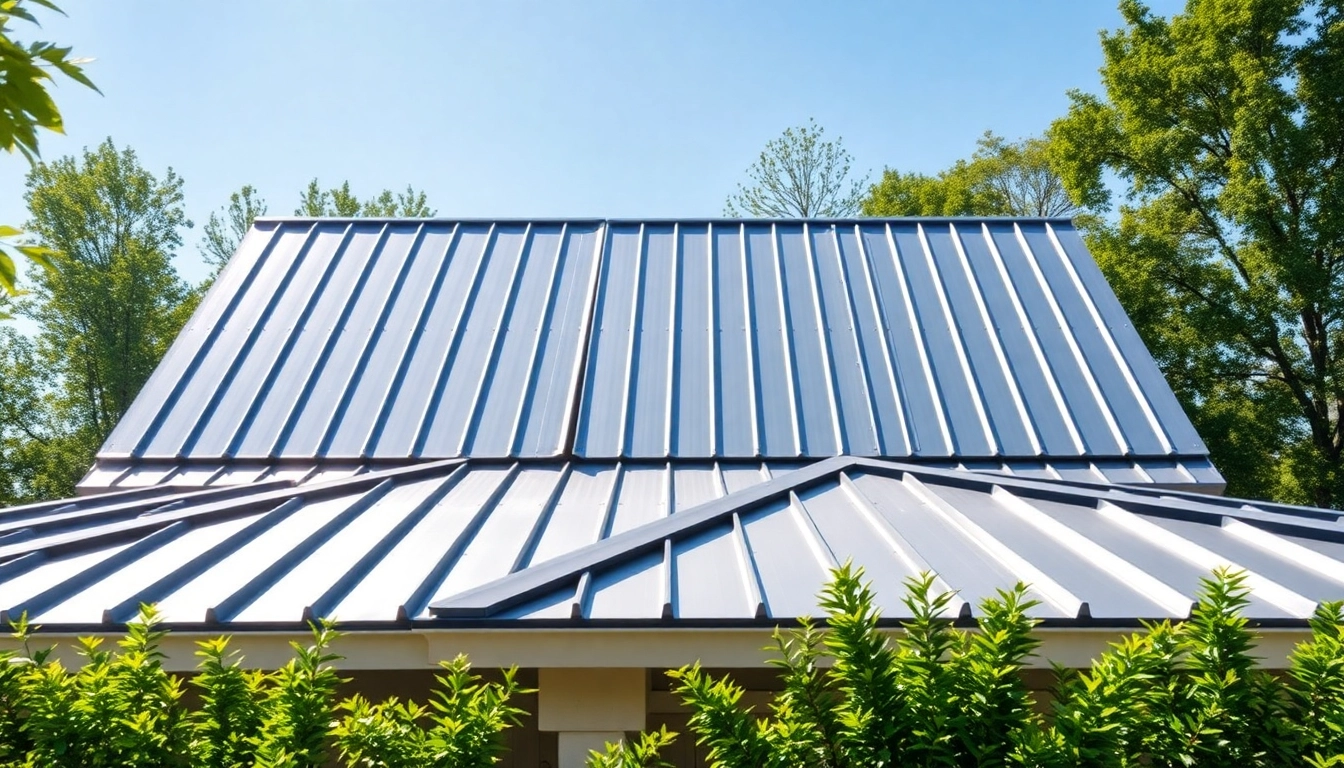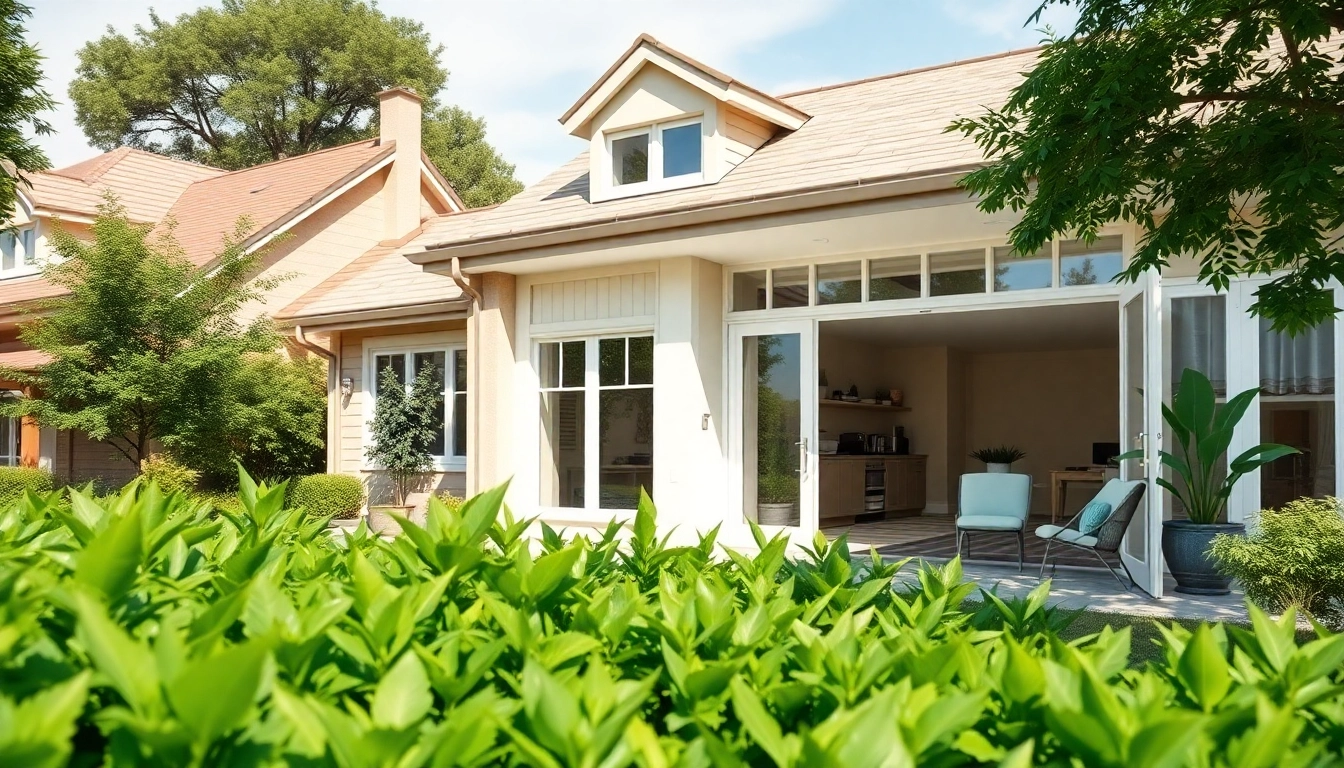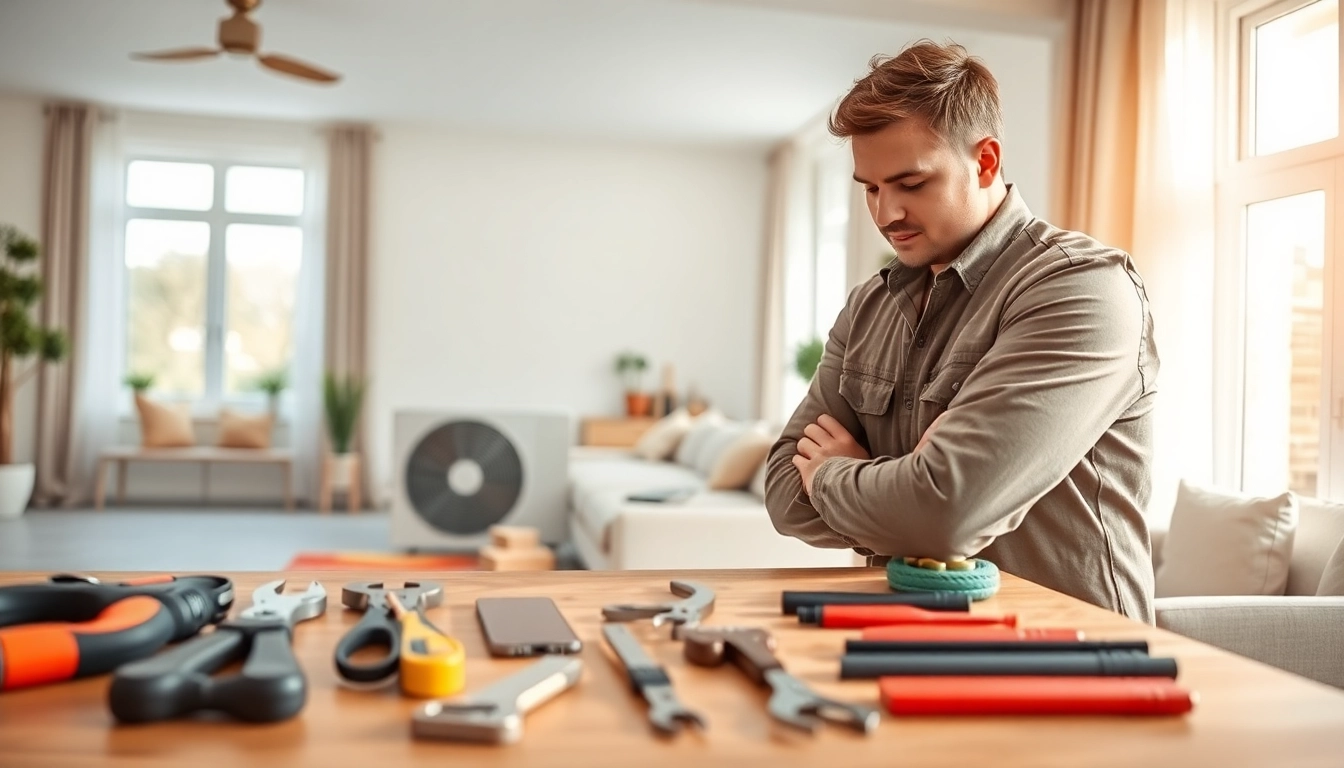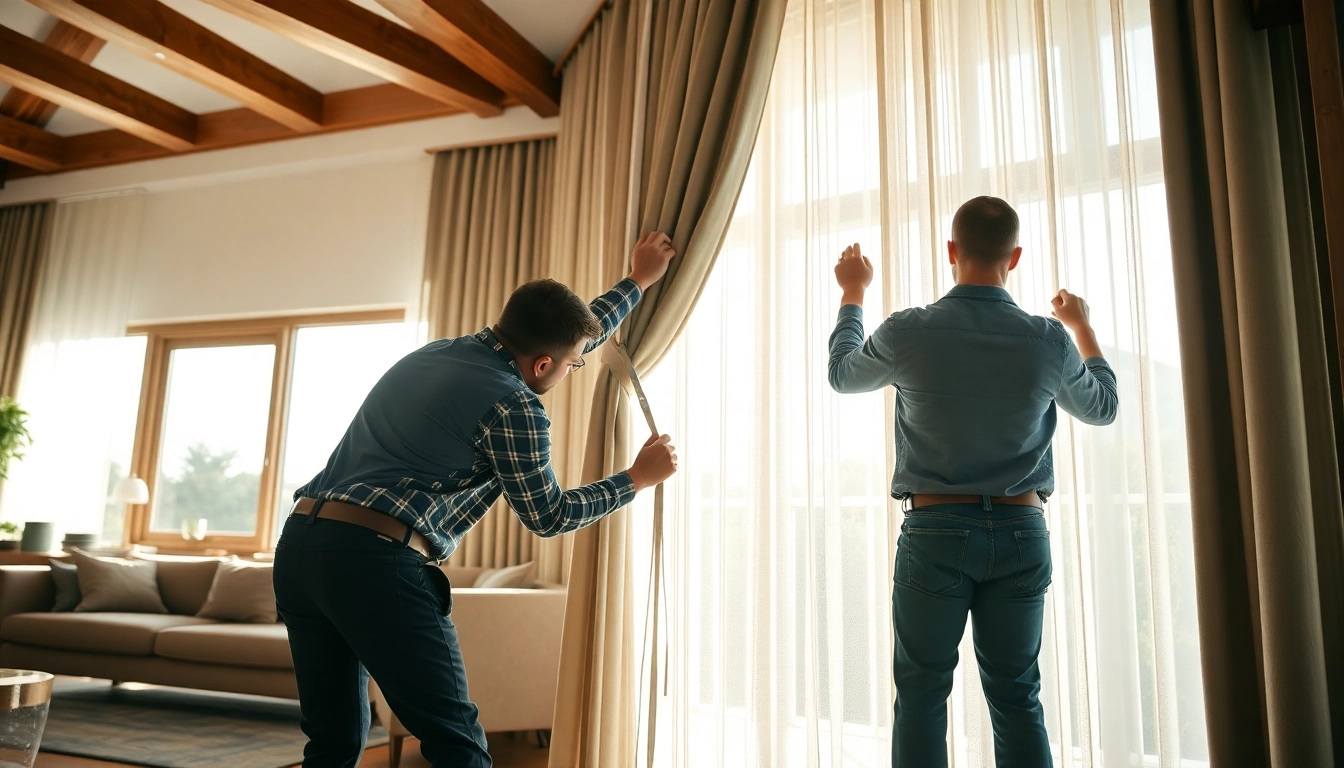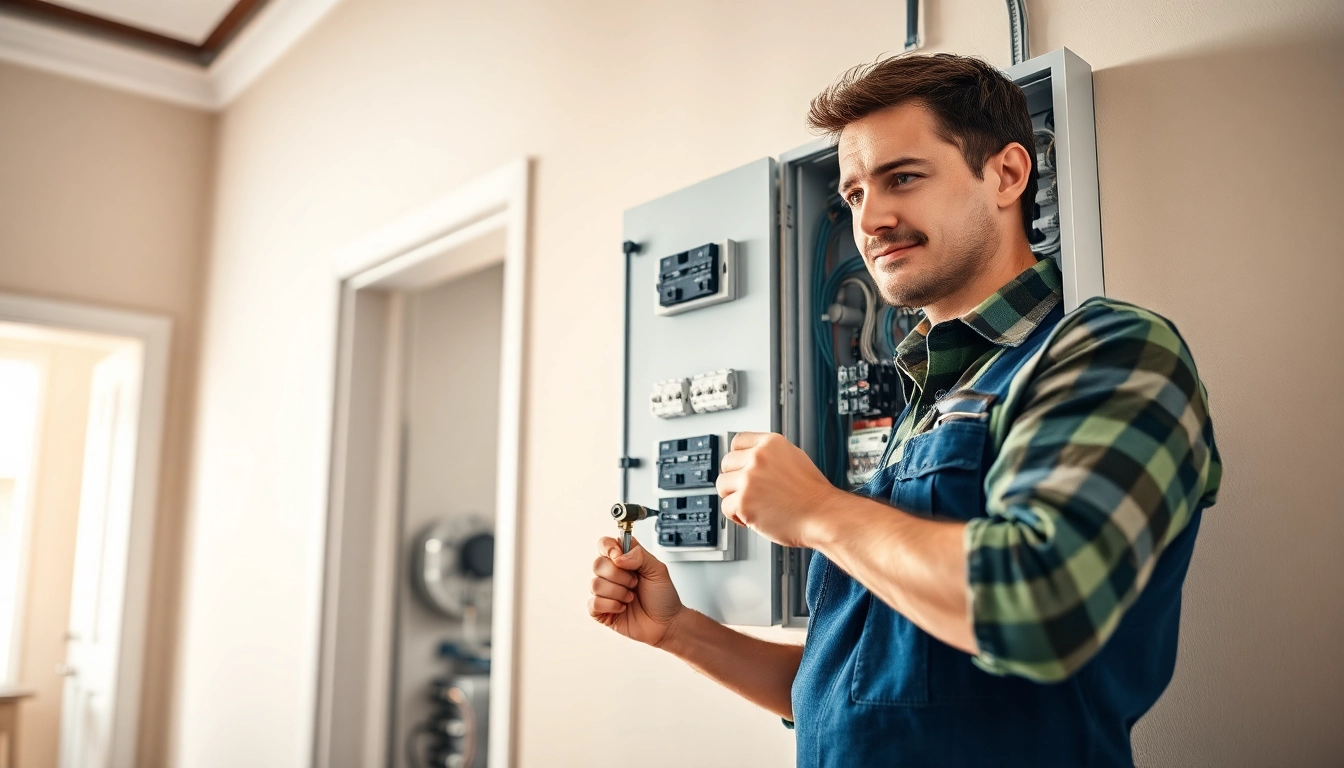Understanding Residential Metal Roofing
In recent years, the popularity of residential metal roofing has surged, due to its numerous benefits over traditional roofing materials. Homeowners are increasingly looking for durable, sustainable, and aesthetically pleasing options to enhance their homes. This comprehensive guide will take you through the various aspects of residential metal roofing, exploring its benefits, types, cost considerations, installation methods, and how it compares to other roofing materials.
What is Residential Metal Roofing?
Residential metal roofing refers to roofing systems made predominantly from metals such as steel, aluminum, copper, or zinc. These materials provide an excellent alternative to conventional roofing options like asphalt shingles or tiles. Metal roofs can come in various forms, design styles, and colors, making them adaptable to various architectural aesthetics and personal preferences.
Benefits of Residential Metal Roofing
The advantages of opting for metal roofing over other materials are compelling. Here’s a closer look at some of the most notable benefits:
- Durability: Metal roofs are renowned for their longevity, often lasting 40-70 years with proper maintenance.
- Energy Efficiency: Metal reflects solar radiant heat, which helps reduce cooling costs by 10-25% in hot climates.
- Fire Resistance: Metal roofs are non-combustible, providing excellent protection against fire.
- Sustainability: Many metal roofing options utilize recycled materials and are 100% recyclable at the end of their life cycle.
- Low Maintenance: Unlike traditional roofing materials, metal roofs require minimal maintenance and are less prone to issues like mold and algae.
Common Materials Used in Metal Roofing
Various materials are utilized in residential metal roofing, each with distinct properties and benefits. The most common include:
- Steel: Galvanized or Galvalume steel is popular for its strength and resilience. It is often coated with paint for added protection.
- Aluminum: Lightweight and resistant to corrosion, aluminum is perfect for coastal homes where saltwater exposure is prevalent.
- Copper: Known for its aesthetic appeal and longevity, copper develops a patina over time that many homeowners find attractive.
- Zinc: Similar to copper in its aesthetic durability, zinc is also self-healing, making it a low-maintenance option.
Types of Residential Metal Roofing
Residential metal roofing comes in various styles, each suited for different tastes, budgets, and architectural designs. Here are the most common types:
Standing Seam Metal Roofs
Standing seam roofs feature raised seams that interlock, creating a sleek and modern look. They are known for excellent water shedding capabilities and can be installed with different materials, typically steel or aluminum. This type offers a minimalist aesthetic and is highly durable, ideal for both residential and commercial settings.
Corrugated Metal Roofs
Corrugated roofs are characterized by their wavy pattern, providing a rugged and industrial charm. Often made from steel, these roofs are incredibly strong and are favored in agricultural settings as well as for residential projects seeking a unique aesthetic.
Metal Shingle Roofs
Metal shingles offer a traditional shingle appearance but with the benefits of metal. They can be made from various materials, including steel and aluminum, and come in numerous designs like slate or wood-look. This style is perfect for homeowners wishing to have the classic shingle look while reaping the benefits of metal roofing.
Cost Considerations for Metal Roofing
Understanding the costs associated with residential metal roofing can help you make the best financial decision for your home. While metal roofing can have a higher upfront cost compared to traditional materials, its longevity often results in a lower total cost of ownership over time.
Average Costs of Residential Metal Roofing
The average cost of residential metal roofing can range from $5.00 to $12.00 per square foot, depending on the material used and the complexity of the installation. For a typical 2,000-square-foot home, the overall costs can range from $10,000 to $30,000, including installation. Here’s a closer look at specific material costs:
- Steel: $3.50 – $7.00 per square foot
- Aluminum: $7.00 – $12.00 per square foot
- Copper: $15.00 and up per square foot
- Zinc: $10.00 – $15.00 per square foot
Factors Influencing Metal Roofing Prices
Several factors can influence the overall price of metal roofing, including:
- Material Type: Different metals and finishes carry varying costs.
- Roof Complexity: Roofs with multiple facets or steep slopes can increase labor costs.
- Geographic Location: Labor rates and material costs can vary by region, impacting overall price.
- Additional Features: Features like insulation, underlayment, or decorative elements can add to the cost.
Hidden Costs to Consider
When budgeting for a metal roof, be mindful of hidden costs that can arise:
- Removal of Existing Roofing: If existing roofing needs to be removed, this can add significant labor costs.
- Warranty Considerations: Make sure to review warranty options, as they can vary greatly between manufacturers and installation quality.
- Future Maintenance: While metal roofs require less maintenance, they still need periodic inspections, especially after severe weather.
Installation Process of Metal Roofing
The installation process for residential metal roofing is generally more complex than for traditional roofing materials, necessitating careful planning and execution. Here’s a breakdown of the key steps involved:
Preparing Your Home for Metal Roofing
Before installation begins, your home needs to be properly prepared. This process involves:
- Assessing the existing roof condition: Ensure there’s no significant damage that requires repair.
- Choosing the right metal roofing style: Consider both aesthetic and functional elements that suit your home.
- Planning for ventilation: Proper ventilation is crucial to avoid condensation issues in the attic space.
Hiring Professional Installers vs. DIY
While some homeowners may consider installing their metal roofing, hiring professional installers is typically recommended due to the technical skills required. Pros can ensure proper installation, which is crucial for performance and warranty adherence. Factors to weigh include:
- Skill level: DIY may save money but requires knowledge in roofing.
- Time commitment: Professional installation can take far less time.
- Warranty: Many manufacturers’ warranties require professional installation to remain valid.
Maintenance Tips for Longevity
To ensure your metal roof lasts its full lifespan, consider these maintenance tips:
- Regular inspections: Twice a year, check for loose screws, damage, or rust.
- Gutter cleaning: Keep gutters clear to prevent water accumulation.
- Debris removal: Remove leaves and branches to prevent damage and uphold aesthetics.
Comparing Metal Roofing to Other Roofing Options
While metal roofing boasts numerous advantages, it’s important to compare it with other common roofing materials to understand its relative benefits and drawbacks.
Metal Roofing vs. Asphalt Shingles
Asphalt shingles are the most commonly used roofing material in the U.S., valued for their affordability. However, metal roofs outperform asphalt shingles significantly in:
- Lifespan: Metal can last over 50 years, while shingles last about 20-30 years.
- Energy Efficiency: Metal reflects heat more effectively than shingles, reducing cooling costs.
- Durability: Metal withstands severe weather conditions better than asphalt, which can tear or blow off.
Energy Efficiency Comparison
Energy efficiency is a critical consideration for many homeowners. Metal roofing excels in this area, particularly due to its reflective properties. In energy audits, homes with metal roofs often show lower heat absorption, leading to decreased air conditioning needs during hot months. Furthermore, some metal roofing varieties now incorporate cool roof technologies that enhance their efficiency.
The Durability Factor: Metal vs. Tile
Tile roofs, traditionally made of clay or concrete, have a long lifespan, often exceeding 50 years. However, they are heavier and more prone to breakage from hail or falling branches. In contrast, metal roofs are lightweight yet incredibly strong, often standing up to severe weather conditions without sustaining damage. Additionally, metal roofs generally necessitate less structural support than tile roofs, simplifying installation.
